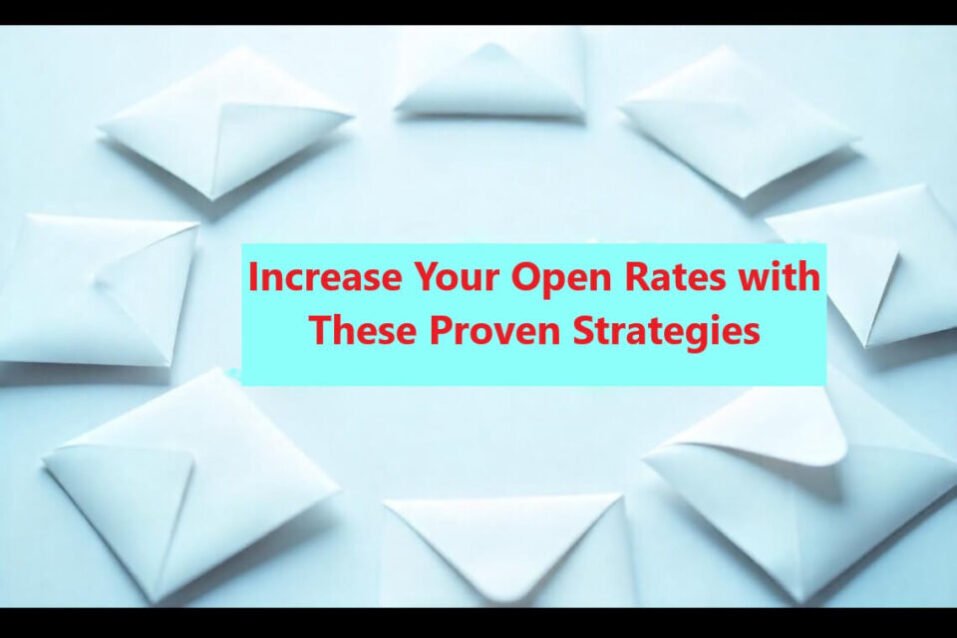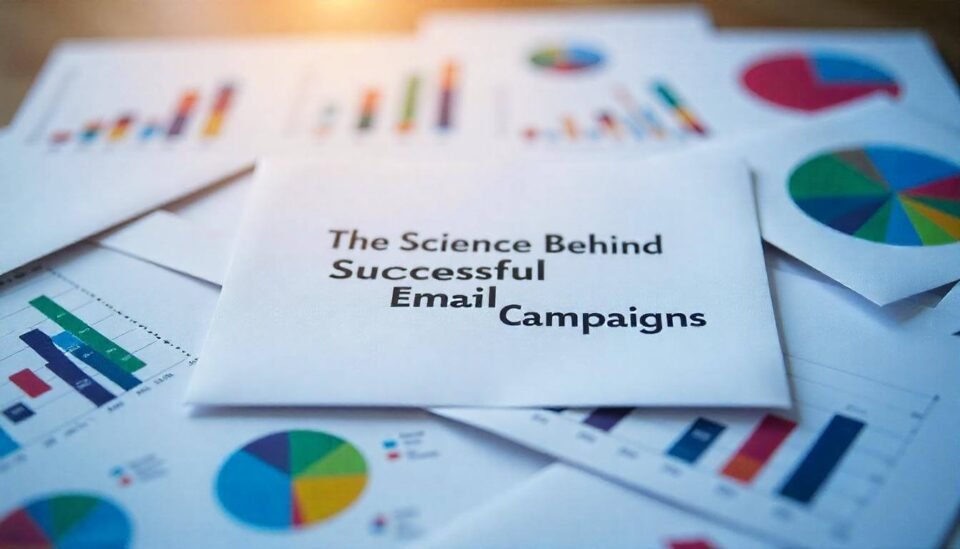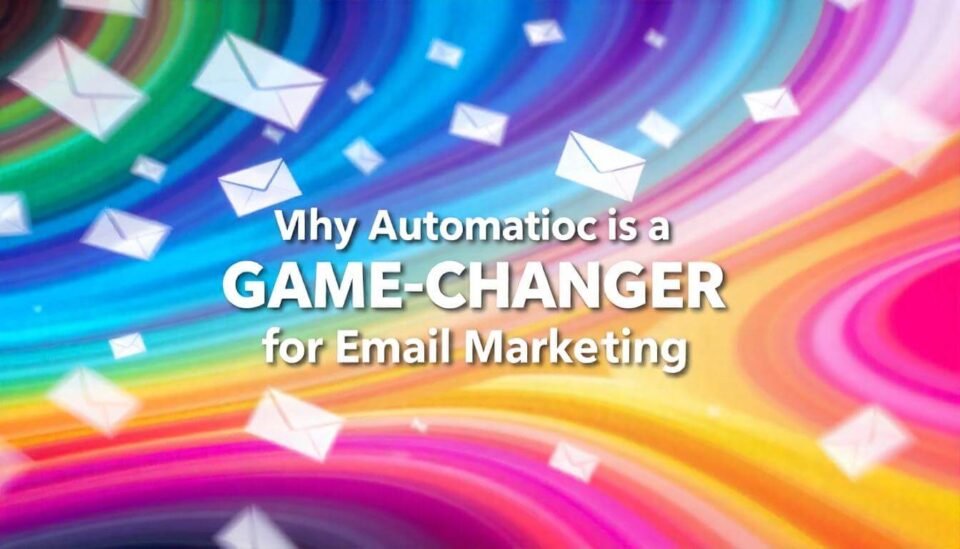One of the most successful long-term sources of digital marketing success is building an email list from zero. Whether you are a marketer, content creator, or a business owner, having curated email list goes a long way in nurturing relationships with the audience, driving sales and building sincere followers and customers. In this article, we’ll walk through step by step how to create an email list, from scratch, and optimize it for SEO and audience engagement.
What is the reason in building an email list?
So before we get to strategies, let’s understand why having an email list is so important. You can directly reach your audience through their inbox, a space they look at often with email marketing. Email is different from social media platforms in that your communication is in your control, versus algorithm dictates who sees your posts.
An email list offers several advantages:
Direct Communication: You’re far more likely to have your emails delivered to people than you are to get people to see your social media posts.
Higher Conversion Rates: Digital marketing campaigns, particularly emails, have higher conversion rates than others.
Audience Segmentation: By using behaviors, demographics, and some preferences, you can segment your email list so you can send personalized emails.
After learning why email lists are mandatory, let’s walk through the process for building an email list from scratch.
Step 1: Select an Email Marketing service
To start with the building of an email list the first step is picking the correct email marketing service. A good email marketing platform allows you to build and send campaigns, keep track of your list, analyze performance and make sure you emails wind up in that inbox your audience is most likely to check. Popular email marketing services include:
Mailchimp: Free plan, easy to use, great for beginners.
ConvertKit: Ideal for creators, bloggers and companies with tools to improve operations.
ActiveCampaign: A good fit for business that need more advanced segmentation and automation.
These tools provide you with customizable templates, list management features, and tracking tools to ensure your campaigns are effective.
One of the most successful long-term sources of digital marketing success is building an email list from zero. Whether you are a marketer, content creator, or a business owner, having curated email list goes a long way in nurturing relationships with the audience, driving sales and building sincere followers and customers. In this article, we’ll walk through step by step how to create an email list, from scratch, and optimize it for SEO and audience engagement.
Step 2: What is the reason in building an email list?
So before we get to strategies, let’s understand why having an email list is so important. You can directly reach your audience through their inbox, a space they look at often with email marketing. Email is different from social media platforms in that your communication is in your control, versus algorithm dictates who sees your posts.
An email list offers several advantages:
Direct Communication: You’re far more likely to have your emails delivered to people than you are to get people to see your social media posts.
Higher Conversion Rates: Digital marketing campaigns, particularly emails, have higher conversion rates than others.
Audience Segmentation: By using behaviors, demographics, and some preferences, you can segment your email list so you can send personalized emails.
After learning why email lists are mandatory, let’s walk through the process for building an email list from scratch.
Step 3: Select an Email Marketing service
To start with the building of an email list the first step is picking the correct email marketing service. A good email marketing platform allows you to build and send campaigns, keep track of your list, analyze performance and make sure you emails wind up in that inbox your audience is most likely to check. Popular email marketing services include:
Mailchimp: Free plan, easy to use, great for beginners.
ConvertKit: Ideal for creators, bloggers and companies with tools to improve operations.
ActiveCampaign: A good fit for business that need more advanced segmentation and automation.
Step 4: Traffic driven to your Opt-In Forms
Now that you have your opt in forms setup it’s time to drive traffic to them. Without subscribers, you’re obviously not going to achieve any level of success online. Here are several ways to attract potential subscribers to your opt-in forms:
Content Marketing: Write worth content about your audience’s pain points and need. To drive organic traffic to your site and sign ups, you can have blog posts, videos and podcasts.
Social Media: Our lead magnets can be shared on our social media channels. Great captions give readers the opportunity to become interested in signing up, and links to your opt in form.
Paid Advertising: Paid ads is used on platforms like Facebook, Google or Instagram and you simply target specific demographics and direct them to the sign up page.
Referral Programs: The next step is to encourage your current subscribers to send on to others in exchange for offers such as sneak peek to exclusive content or discounted products.
Step 5: Here, the key point is to create Engaging and Valuable Content.
Gathering subscribers is just the second half of the battle — once you start gathering subscribers it’s important to keep them interested and this is done through consistent, valuable content. Here’s how you can do that:
Welcome Email: When someone signs up for your list send them a personalized welcome email. It’s your opportunity to introduce yourself and how you expect to communicate in the future.
Regular Newsletters: For that reason, keep your audience engaged and send a newsletter to them periodically with all the relevant updates, tips, and exclusive offers. Your content must also be valuable and related to your readers’ interests.
Segment Your Audience: Nor are all subscribers the same. So that you can segment your list by factors such as purchase history, engagement level or interests. By sending this kind of emails you can send emails that are more likely to convert and are targeted accordingly.
Test and Optimize: Experiment with different subject lines, with email copy or with design using A/B testing. Watch your email performance in real time: open rates, click through rates and conversions, and tweak accordingly.
Step 6: Enforce Email Compliance Regulations
To cover your bases, you also want to comply with email regulations such as CAN-SPAM Act (U.S.) or GDPR (EU). This is because these laws protect subscribers from getting spammed and also they protect an email marketer from following unethical ways when emailing. Here’s what you need to do:
Provide an Unsubscribe Option: Never forget to give your subscribers an easy way to unsubscribe from your emails.
Get Explicit Consent: To be sure, subscribers must opt in willingly by double opt-in (they confirm their subscription with a confirmation email containing a link they need to click).
Protect Subscriber Information: Keep email addresses and personal data safe and can only be used for the purposes to which they consent.
Step 7: You should Monitor and Analyze Your Results.
It’s only half the battle, though, actually building an email list. To become truly successful, you have to keep track, and keep on improving. Here are key metrics to monitor:
Open Rate: Those are the numbers of people that open your emails.
Click-Through Rate (CTR): Your email click through rate (CTR) percentage.
Bounce Rate: The rate of emails that don’t make it.
Unsubscribe Rate: How many unsubscribe from your list.
By studying these metrics you can adjust your email strategy and make sure your campaigns work.
Final Thoughts
Building an email list from nothing requires time, hands on work and strategy. To grow your business or brand, you will add value to your leads with lead magnets, optimize your sign up forms and create engaging content and follow email marketing best practices.
Quantity is not the key to a winning email list, it’s quality. And focus on attracting engaged subscribers who actually want what you have to offer: you’ll see results in your email marketing campaigns.
From now on, you let your email list grow and become a great business tool!




